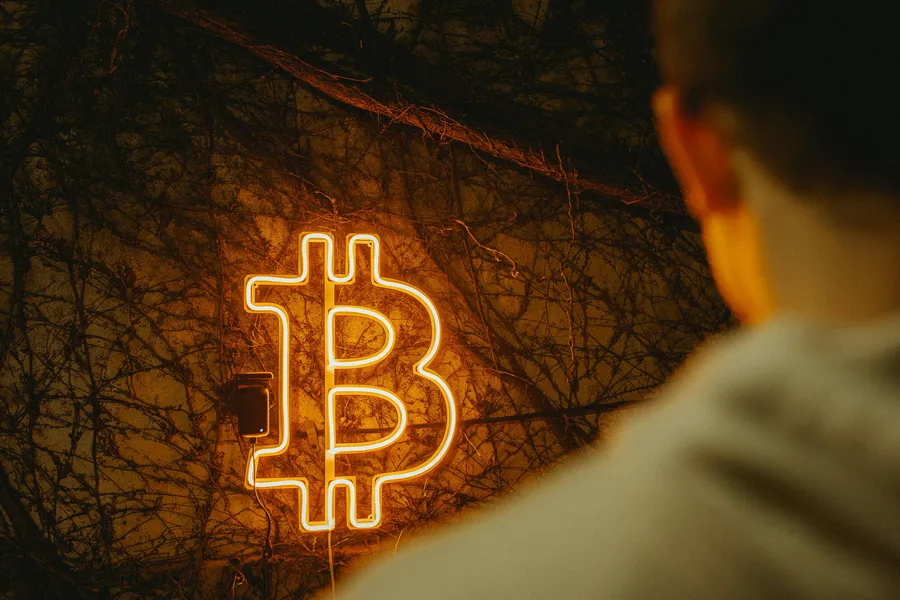What is a Utility Token? – Using Tokens in Apps

Title: “What Is a Utility Token? Lessons from Real-World Use Cases”
Subtitle: Unraveling the Mystery of Utility Tokens with Hard-Earned Insights from an Expert’s Perspective
Hey there, crypto enthusiasts. It’s me, Valerii Wilson, seasoned crypto security expert and smart contract auditor extraordinaire. I’ve been in this game longer than most of you have been alive, so buckle up for some brutal honesty that will save you a lot of headaches down the line.
You’re here because someone tossed around the term “utility token” and you wanted to learn more about what it means and how it works in real-world applications. Well, grab your popcorn and strap in – this isn’t your typical lecture on crypto jargon; we’re diving into the trenches of actual use cases, hacks, and bugs that have happened out there in the wild, west world of decentralized technologies.
What Is a Utility Token?
First things first: what makes a token “utility”-y? It’s simple, really. Unlike security or payment tokens that aim to represent ownership rights or facilitate transactions like cash, utility tokens are designed to provide access to specific products or services within an application, platform, or ecosystem. They’re like golden tickets to your favorite chocolate factory – but replace Willy Wonka with blockchain protocols.
But don’t think these magical golden tokens can do anything and everything. Their primary purpose is to enable participation in the network they belong to – nothing more, nothing less.
Real-World Examples: The Good, the Bad, and the Ugly
Let’s explore some examples of utility tokens being put to use in various apps and platforms. We’ll start with a success story before we dive into the darker side of things:
1. Good: Take Steem, for instance – an open-source social networking platform built on blockchain technology. Its native token, STEEM, acts as a utility token that allows users to vote on content they like and dislike, rewarding creators with more STEEM tokens. This fosters community engagement and encourages quality content production.
2. Bad: Now let’s look at a failed project: Status Token (SNT). Despite promising a decentralized messenger app where users could earn SNT tokens for engaging with advertisements, the app failed to gain traction due to its clunky interface and ineffective ad targeting. Utility tokens can’t save an otherwise poorly designed product.
3. Ugly: Finally, we have some downright scams disguised as utility tokens. Remember that NFT craze last year? Many projects promised unique digital items or access to exclusive communities but turned out to be rug pulls – disappearing with investors’ funds without delivering anything in return. These are the parasites feasting on the crypto ecosystem, folks.
A Word of Warning: Beware of Key Leaks and Contract Vulnerabilities
As a security expert who’s seen it all, let me share two horror stories that highlight why you must always approach utility tokens with caution:
Key leaks: In 2018, CryptoKitties – a popular blockchain-based game where users can breed and trade unique digital cats represented by ERC-721 tokens – accidentally leaked users’ private keys through its mobile app. Can you imagine giving your most prized virtual felines to digital thieves on a silver platter? Ouch!
Smart contract vulnerabilities: Lastly, remember the infamous DAO hack in 2016? The Decentralized Autonomous Organization (DAO) was supposed to be a decentralized venture capital fund, but its smart contract was riddled with flaws. Hackers exploited this weakness and made off with millions of ether. If your utility token lives inside a smart contract, you better make sure it’s bulletproof!
In conclusion, utility tokens are powerful tools when harnessed correctly. They can breathe life into innovative projects by enabling participation in unique ecosystems. However, they’re not magic beans that will turn any old project into a golden goose overnight. Use them wisely and securely, or else you may find yourself on the receiving end of a rug pull or an embarrassing public hack.
Remember: crypto security isn’t a box to tick; it’s a journey of constant learning and vigilance. Stay sharp out there!









